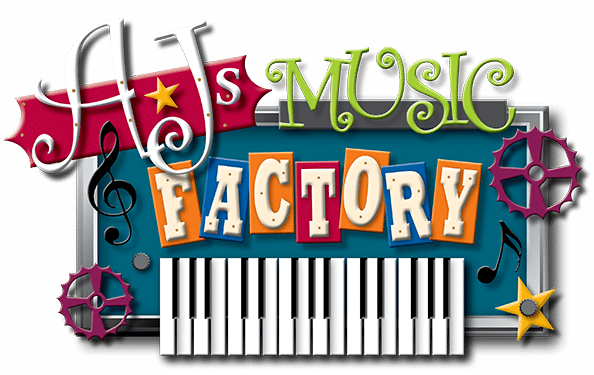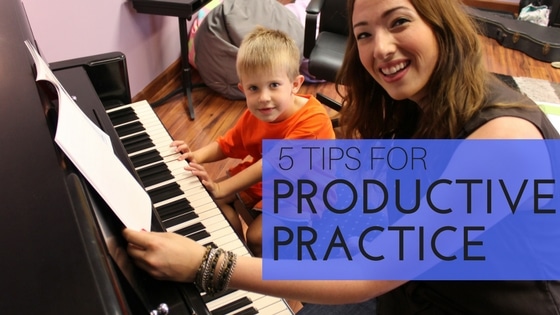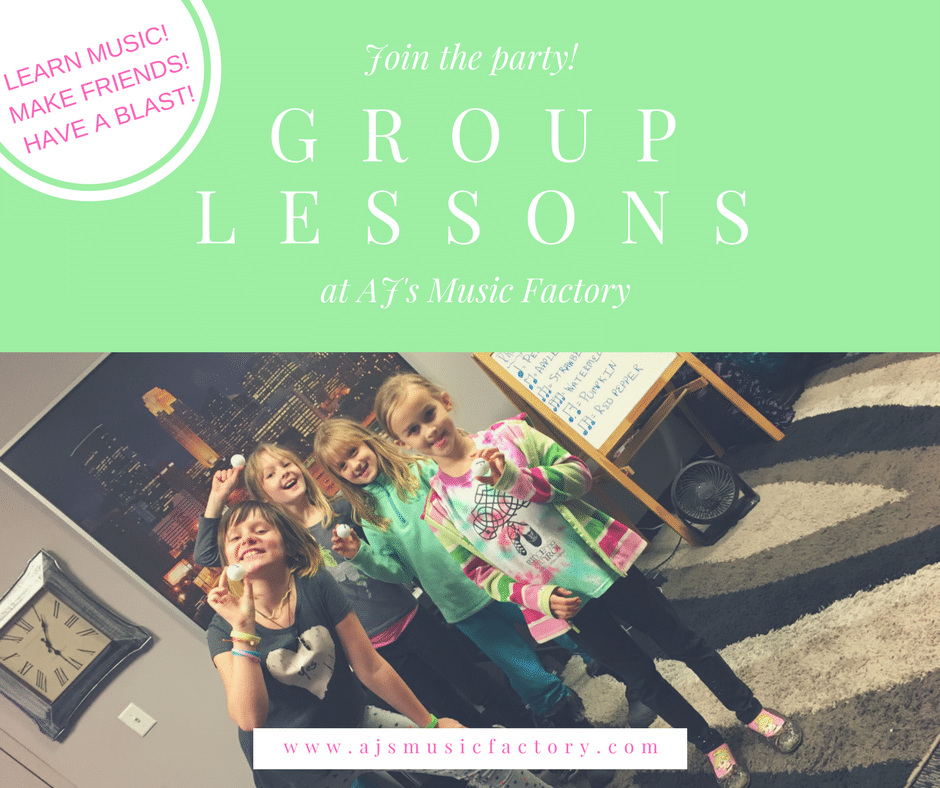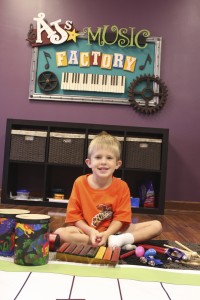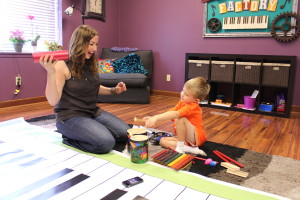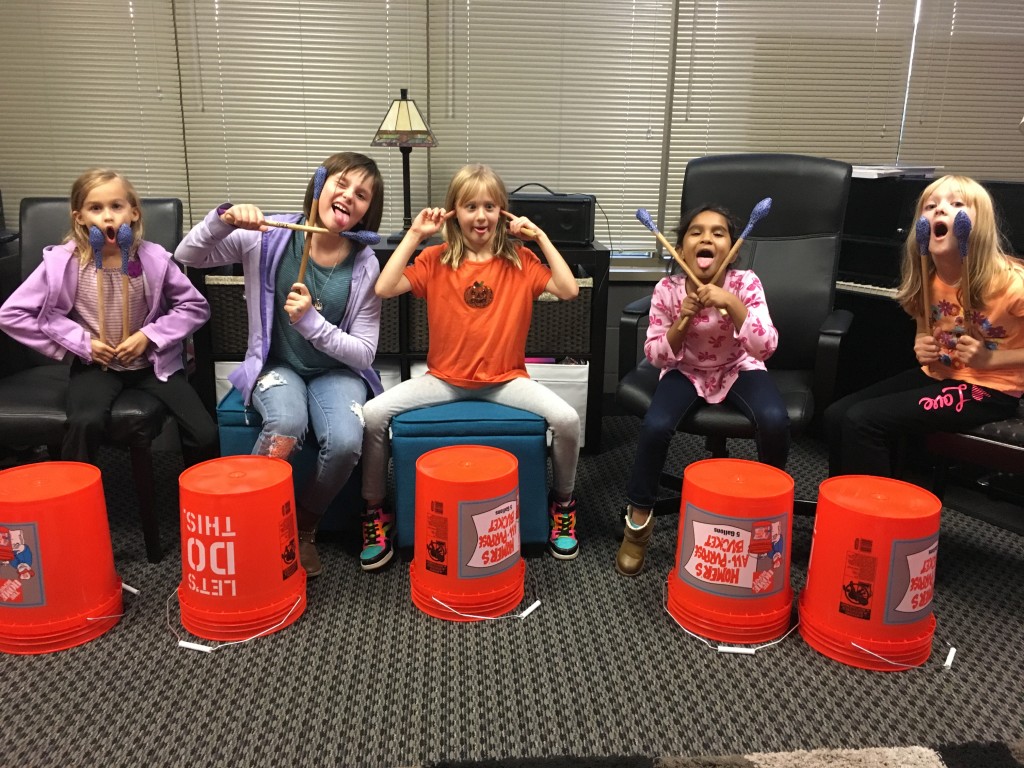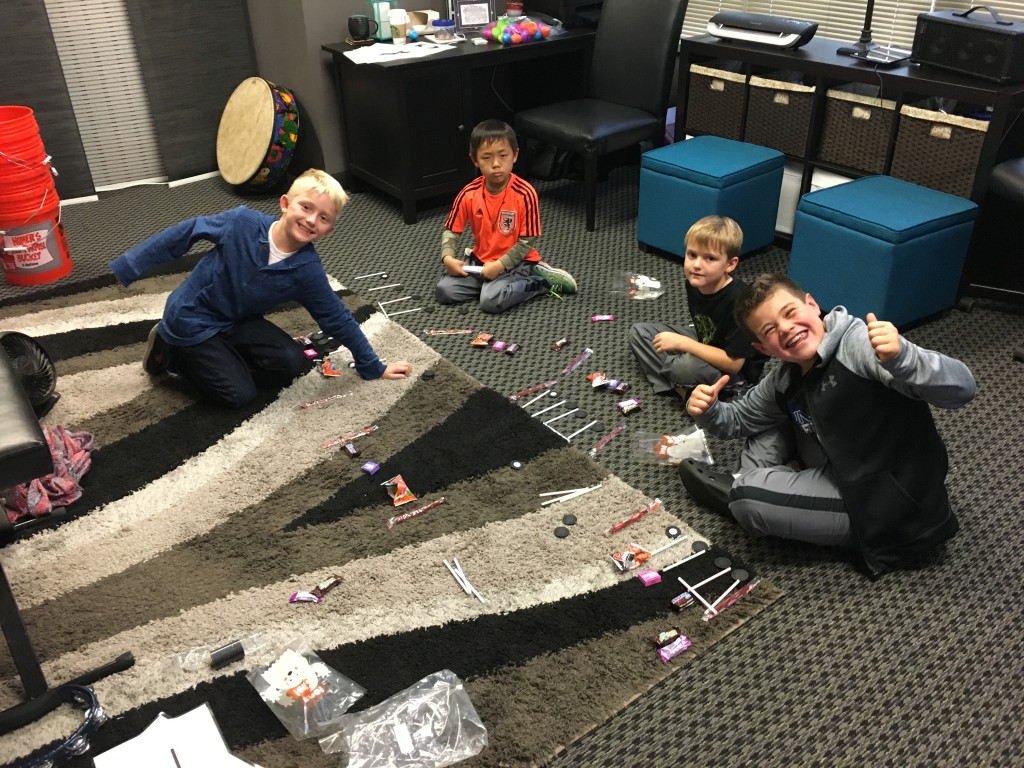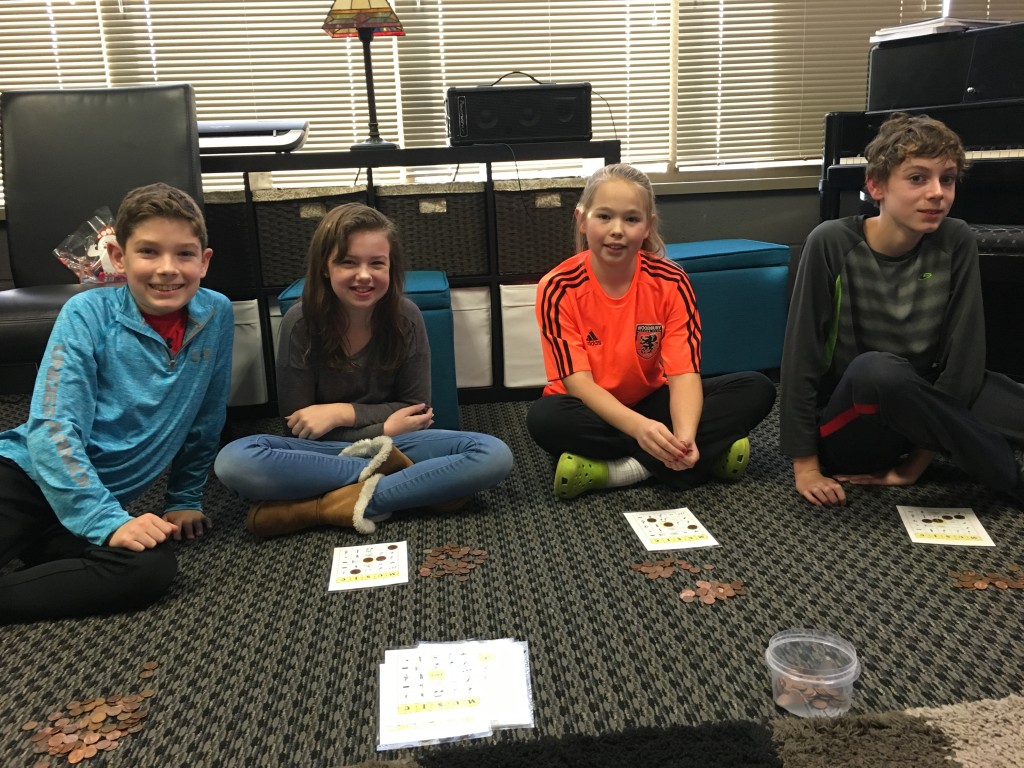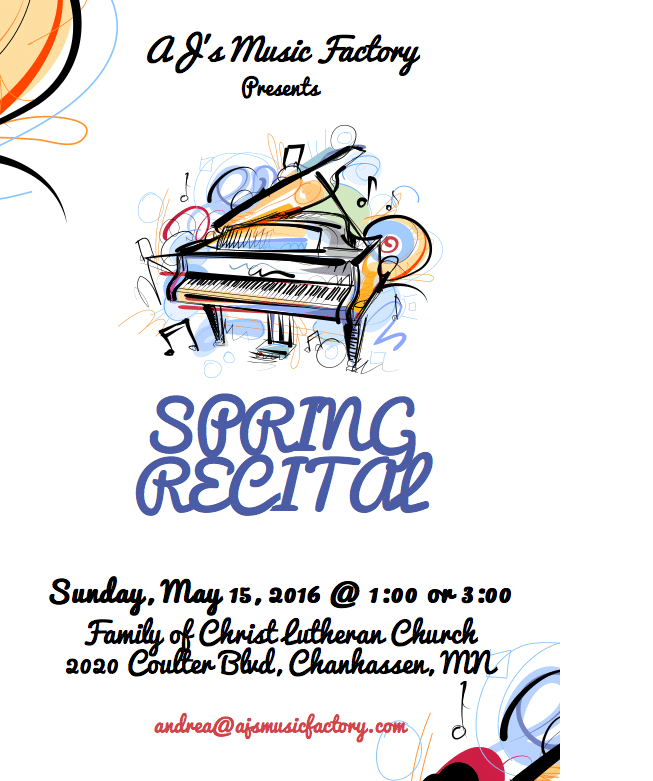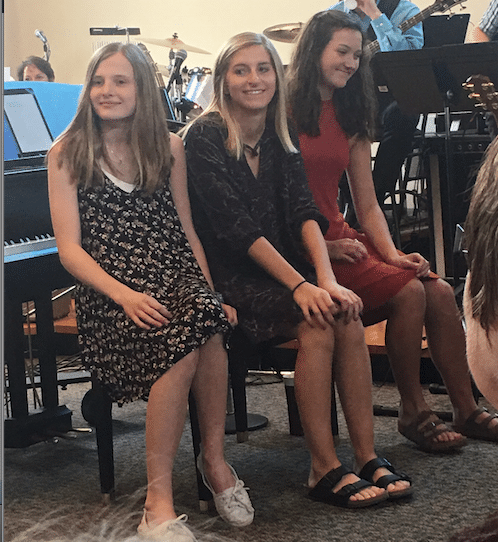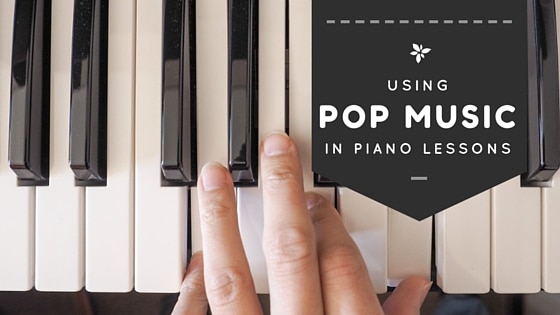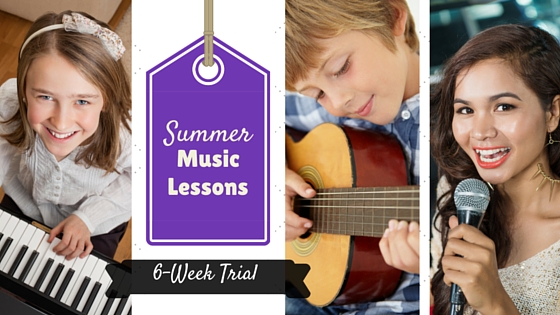


As we wrap up another wonderful year of music lessons, I thought it would be fun to share a glimpse into our lab time projects that we tackled throughout the year. If you’re hearing a little extra AC/DC or Cyndi Lauper in your household, lab time may be the reason behind the 80s hits blasting away! Or perhaps the kids started inquiring about the music as they watched “Home Alone” or “Elf” during the holiday season? Yep, that was probably due to lab time as well. Read along about all we studied…
Music Through the Decades: 1980s
In past years we’ve gone through the 1950s, 60s and 70s, so this year we followed suit and moved into all things 80s! Students have watched music videos and listened to all the artists listed in the infographic below. Along with working through Google slide shows of each genre, students also filled out worksheets like “Rate the Rock” and “Crack the Code” that I had great fun creating. In “Rate the Rock” students got a chance to voice their opinions on songs and artists, and some had pretty strong opinions…especially regarding 80s hair styles! I wonder how their opinions would differ without the visual effects. “Crack the Code” required students to go on a detective hunt to find things within the music videos which would help to figure out an 80s saying: “Yo, that’s tight!” No student thought that saying should come back around.
Once the worksheets were finished, we scooted over to 80s music playlists on Spotify while working on puzzles I created in puzzel.org. Have a little fun and try out this CROSSWORD PUZZLE on all things 80s or try to solve this ” Eye of the Tiger” JIGSAW PUZZLE.
Why study decades of music? I believe that if students are exposed to all types of music, they will find their own authentic voice and have a broader palette for appreciating all styles of music. It brings me great joy to put together these units because I’m passionate about my students getting a well-rounded music education. Many teachers see merit in teaching music history from centuries ago…that’s nothing new….but I think it’s equally important for students to learn the stages of popular music development over the last century (and I believe it’s way more fun!)

Music in Holiday Movies





During the month of December we learned about Christmas movie soundtracks, film scores and the composers that create them. We studied music such as “Somewhere In My Memory” from Home Alone, “Christmas at Hogwarts” from Harry Potter, “Christmas Medley” from Elf, and “Suite from the Polar Express.”
How did John Williams create the music for Harry and Marv to sound like burglars in Home Alone? Listen to Jim Carrey’s version of “You’re a Mean One, Mr. Grinch” and then listen to Tyler the Creator’s version. What are the similarities and differences in the production of the two? Which do you prefer?
After a couple lessons on music in holiday movies, students created their own art project of a Christmas album with original cover art work and song titles. I’m always amazed at the creativity of youthful minds! Younger students worked on listening glyphs of the songs “Jingle Bells” and “Sleigh Ride.”
Music Apps, Apps and More Apps!
We use apps to solidify concepts learned in lessons including rhythm, note reading and music theory. Every student has a Google document that tracks their progress in each app to ensure we continue to move forward. As students move through levels or ranks, they also collect music money to spend in the AJs store!






- Ultimate NinGenius covers essential music concepts and helps to master notes, rhythms, and music theory. Students work to collect new belt colors working all the way to their black belt.
- Piano Maestro is basically a video game that listens to the student playing pieces starting from a single note to advance repertoire. Students collect stars and ranks as they master sight-reading, rhythm and technique while playing through their songs.
- Rhythmic Village allows students to work through totem poles as they progress in their rhythmic development. I especially enjoy this app because it works with aural skills as students listen to a rhythm and have to decipher what they have heard. This app is a favorite in the studio.
- Rhythm Swing has three modes: learn, practice and play. I appreciate the scaffolding in this app as it’s very carefully thought out and applied. Students that work their way through this app show significant improvements in their rhythmic skills.
- The Most Amazing Sheep Game is simultaneously used as a fun brain break AND as a way for students to tap to the rhythm of the music. You can’t work through the game without being on the beat or else your sheep falls off the screen!
- Rhythm Cat is used after the completion of Rhythm Swing as it travels quickly into harder territory with difficult rhythms and two handed coordination.
- This list just touches the surface of apps we use. Other apps include Musical Fox, Staff Wars, Note Rush, Flashnote Derby, Hop To It, Musical Paint, and the list goes on and on….

Grant earning his stars in Piano Maestro!
Who is….? Who was…? Book Series
Sometimes a little quiet reading time does us all some good. I like seeing kids cozy up with a good book. This year students had a choice of reading books about Stevie Wonder, Taylor Swift or David Bowie. To coincide with the books, students filled out Who Is….Who Was worksheets and book summaries.






And on and on the list goes….
Students also had the opportunity to learn from the following resources and activities:
- Digital Music Escape Rooms
- Boom Cards
- The Full Scoop On Chords videos with corresponding clip-it quizzes
- Use of Canva to create sheet music covers for their original compositions
- Theory books and worksheets
- Disney shows on Broadway project
- Etc, etc, etc!
A Final Thought
Students often work on lab projects while listening to Spotify playlists. I’m happy to say that multiple kids now request for me to set their playlist to 1980s music! Mission accomplished.
